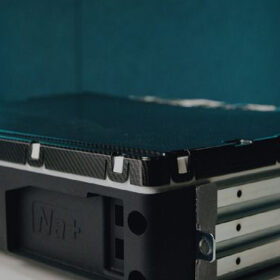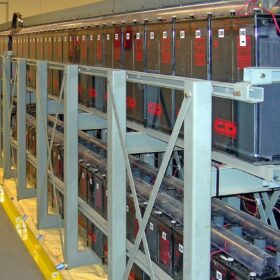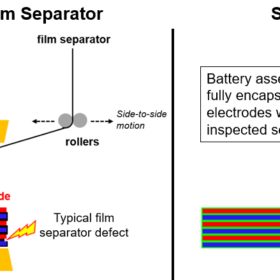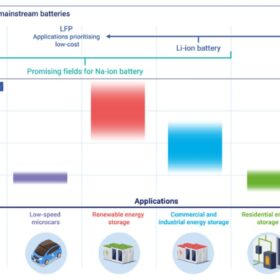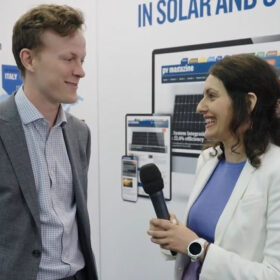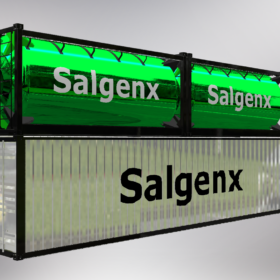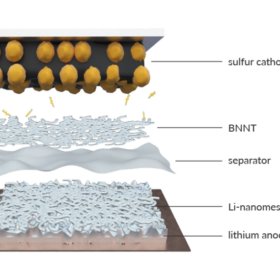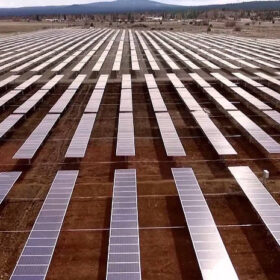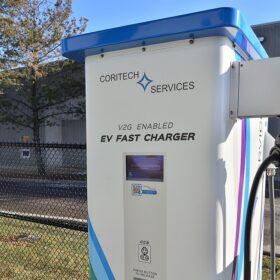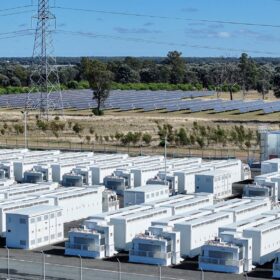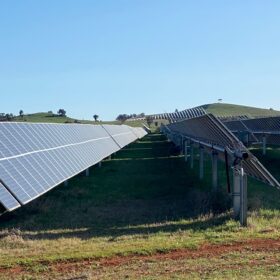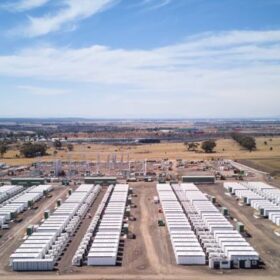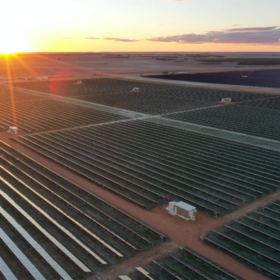Three steps to reduce battery storage fire risk
Lithium-ion batteries are generally safe and unlikely to fail, but they can catch fire if damaged, stored, or operated incorrectly. With calls mounting for development of engineering good practice, US-based Firetrace International suggests three steps that battery manufacturers, developers and operators should take into account.
Weekend read: More than ‘an alternative’
Sodium-ion batteries could diversify the battery supply chain and take the weight off the shoulders of ubiquitous lithium-ion technology. pv magazine sits down with Florian Kogler, head of safety and user experience at Austrian sodium-ion battery business Kite Rise, to discuss the technology’s potential and the company’s development plans for batteries made in Europe.
Distributed PV, battery storage curtailment in low-voltage networks
University of New South Wales (UNSW) researchers have looked at energy losses in South Australia and have identified average curtailment of 1.5% for distributed PV sites and 0.2% for distributed PV coupled with batteries, but some locations experience generation losses of up to 25%.
Separator tech to prevent battery fires
United States-based battery startup Nuvola Technology says it has developed a direct deposition polymer separator technology that can eliminate the primary cause of lithium-ion battery fires.
Sodium-ion battery fleet to grow to 10 GWh by 2025
Global demand for sodium-ion batteries is expected to grow to just under 70 GWh in 2033, from 10 GWh in 2025, at a compound annual growth rate (CAGR) of 27%, according to UK-based market research company IDTechEx.
‘Battery prices are super volatile’
George Hilton, research manager at S&P Global, spoke to pv magazine at the recent Intersolar 2023 trade show about the latest energy storage trends. He said the industry needs easy-to-install products and more efficient supply chains, and noted that battery prices are highly volatile because they fluctuate in response to changes in the dynamic Chinese electric vehicle market.
Saltwater redox flow battery with integrated ultracapacitor
US-based Salgenx says it has successfully integrated ultracapacitors with its saltwater redox flow batteries, resulting in significantly better power response and system performance.
Australian startup reveals 20-layer battery cell based on semi-solid li-sulfur technology
Brisbane-based Li-S Energy has developed a 20-layer battery cell utilising semi-solid state lithium sulfur battery technology. The company claims the new cell displays nearly double the gravimetric energy density and a comparable volumetric energy density to lithium-ion cells.
Energy majors dominate list of world’s leading big PV developers
Wiki-Solar’s latest league table of utility-scale solar project developers shows that only six renewable specialists occupy the top 20 spots.
Adaptive control of V2Gs incorporating EV owner expectations
Australian researchers have developed a novel adaptive decentralised control strategy for electric vehicle (EV) integration, incorporating both microgrid and EV-side conditions into the primary frequency control. They have proposed new indices to evaluate the charge and discharge capabilities of EV batteries, as well as the satisfaction levels of EV owners.


